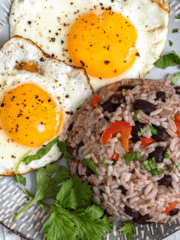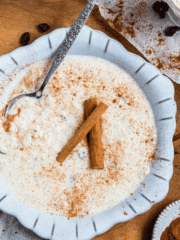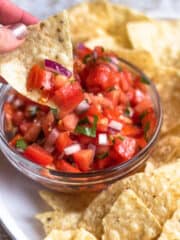Costa Rican food and Costa Rican culture are beautiful, and worthy of being learned about. Keep reading for information on the history and fun facts about the country as well as information and recipes for delicious Costa Rican food.
On the Menu: Costa Rican Food
- Arroz con Leche
- Pico de Gallo
- Chifrijo
- Gallo Pinto

Fun Facts
- Addresses in Costa Rica are unique, because they don’t always have numbers. Instead they can be things like “At the pulpería turn left, two blocks then right, then at the tree turn left, there’s a dead end, it’s the fourth house on the right, not the left.” (this example was taken from a YouTube comment by @Sakura)
- Costa Rican women keep their maiden names for life.
- Costa Ricans refer to their other halves as their “media naranja” which literally translates to “the other half of their orange”
- The sun rises and sets at the same time 365 days per year
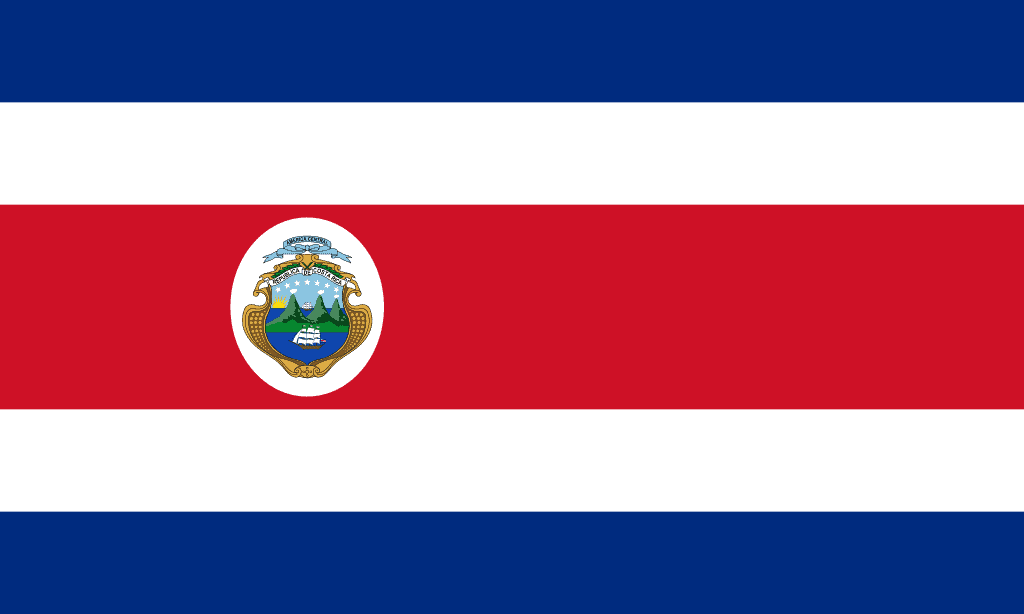
Costa Rican Flag
Costa Rica actually has two versions of their flag. The first is the “simplified” flag. It features the blue, white, and red stripes on the flag, but it does not feature the coat of arms.
The “official” flag showcases the Costa Rican coat of arms. The coat of arms has 7 stars that represent the 7 provinces of the country. It shows three volcanoes, signifying the three mountain chains in the country. It shows the ocean on both sides, depicting how the country is surrounded by water on both sides.
Lastly, the coat of arms features a few boats. These boats are displaying the Costa Rican flag, making Costa Rica one of the only countries in the world to feature its flag on its flag.

The Rich Coast
The name Costa Rica literally translates to “Rich Coast”. And Costa Rica certainly lives up to its name! Costa Rica is made up of a mainland and 30 main islands. Actually, though, the country owns even more water than it does land.
Costa Rica takes wonderful care of its wildlife, and puts a lot of energy into making sure that its beautiful biodiversity is preserved well. In fact, though the country only holds 0.5% of the world’s landmass, it has 5% of the world’s biodiversity. 25% of the country is protected as national parks. This is the highest percentage of any country in the world!
Costa Rica has officially brought deforestation down to 0. The country has also recently achieved their goal of running on 100% renewable energy (increasing from 96% in 2015). They also would like to be the first carbon-neutral country in the world by 2021.
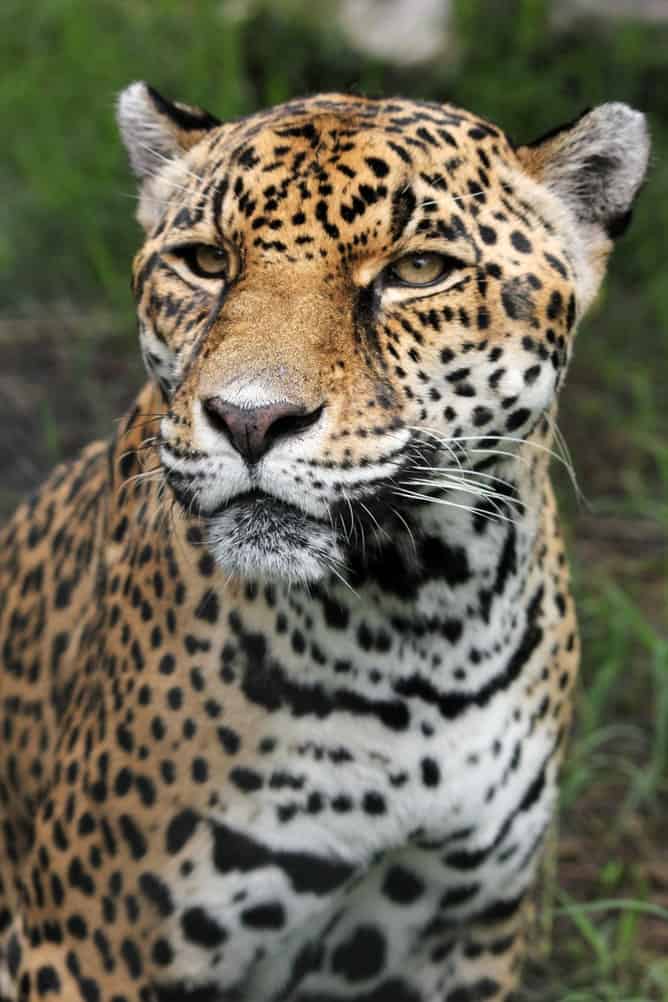
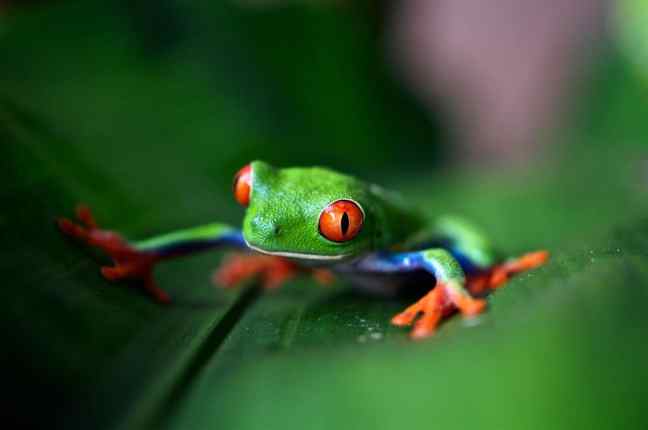
Costa Rican Pride
Costa Ricans (or as they’re also called, “ticos” and “ticas”) are very proud of the country that they come from. The national anthem is played daily on most radio stations at 7:00 in the morning.
“Pura Vida” is a very common phrase in the country. It translates to “pure life”. The Costa Ricans use it as a greeting, kind of like “what’s up”. However, the phrase also represents the laid back, chill attitude of the country.
In 1948 the government disbanded the entire military in Costa Rica. The funds allocated to the military instead went towards education and health services. Because of this fund allocation, Costa Ricans boast the highest rates of literacy and life expectancy in Central America.

Costa Rican Food Culture
Costa Rican Food isn’t very spicy. Instead, it’s more based around comfort. Rice and beans are, surprise surprise, a staple in the country. For breakfast, ticos eat a rice and beans dish called Gallo Pinto. Normally, gallo pinto recipes use leftover rice from dinner the night before.
Ticos consume pork and chicken far more widely than beef. However, beef is eaten occasionally. Seafood, such as ceviche, is also one of the most popular dishes, and is eaten widely across the country.
Costa Ricans love their fruits and vegetables. They are the second largest exporter of bananas in the world, and also export watermelon, mangos, etc. They love tamarind and often make desserts with it. If you eat the fruit in Costa Rica, make sure to wash it thoroughly before consuming.




